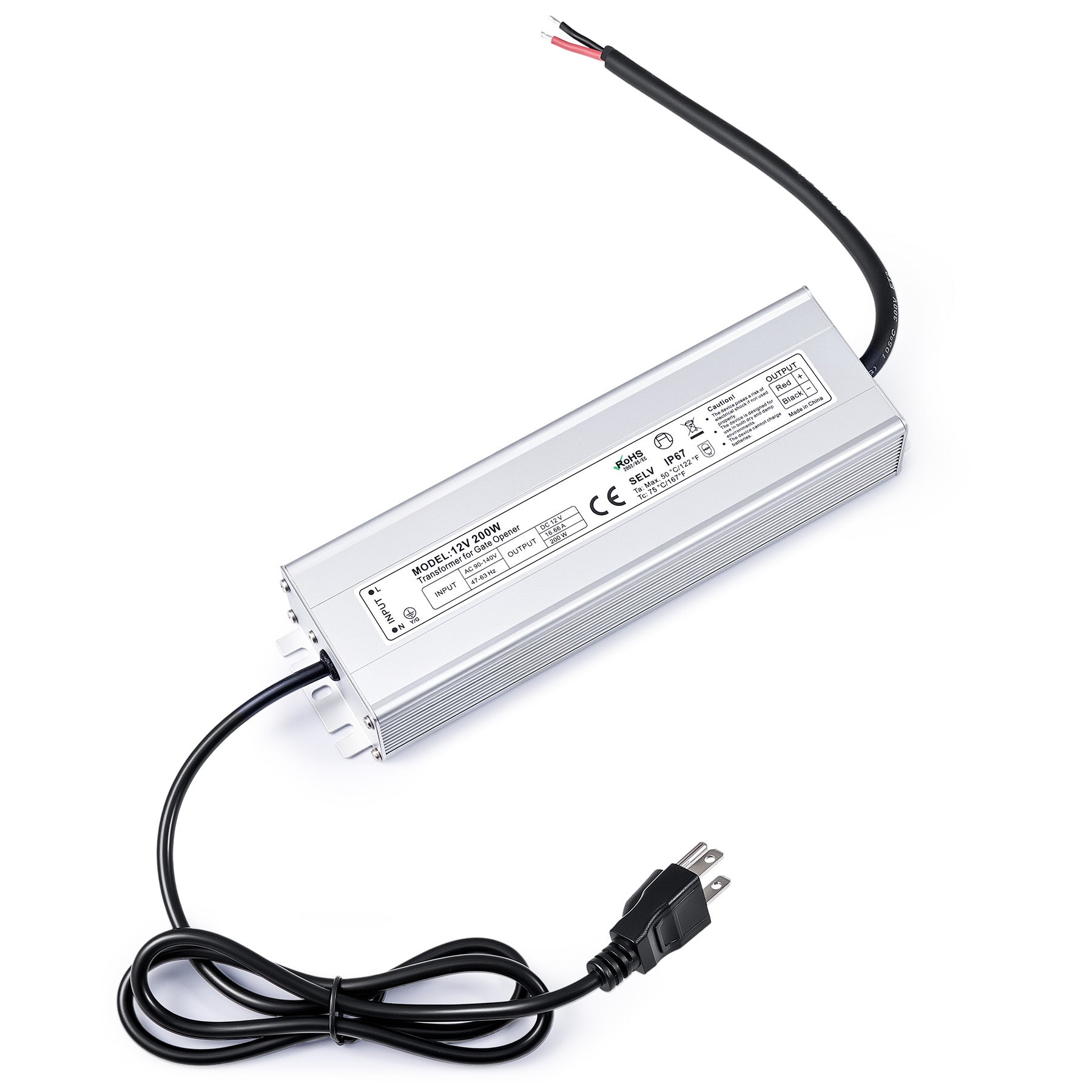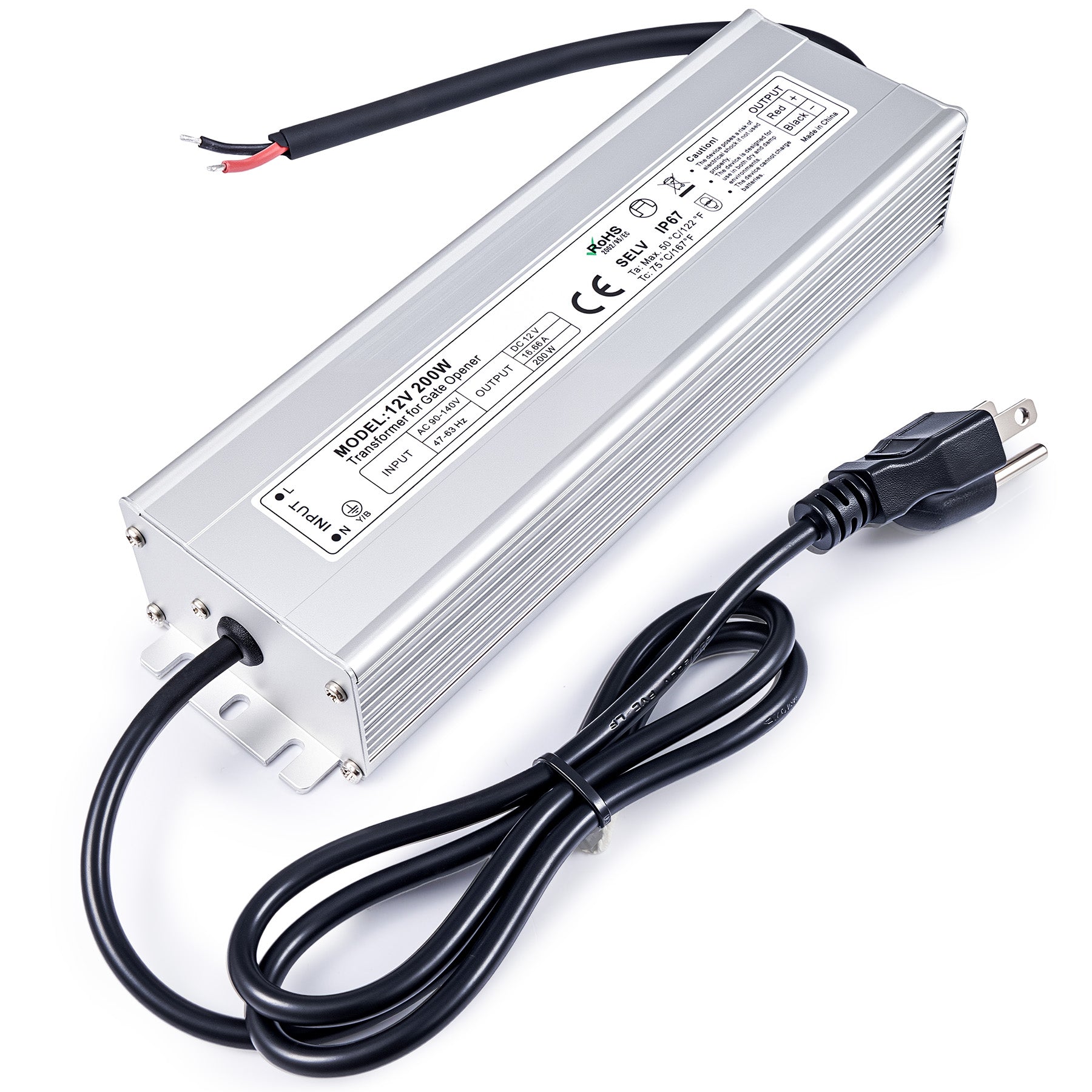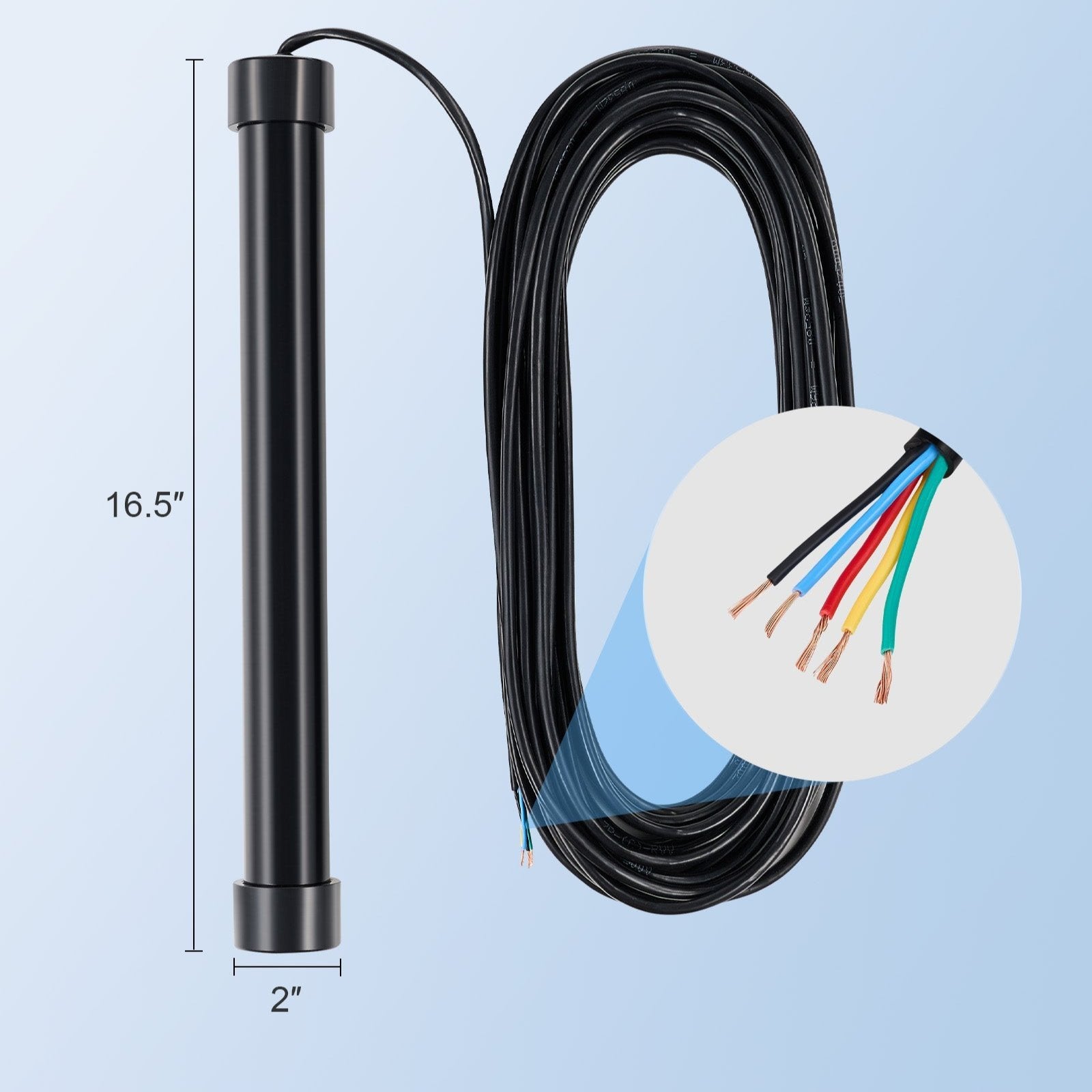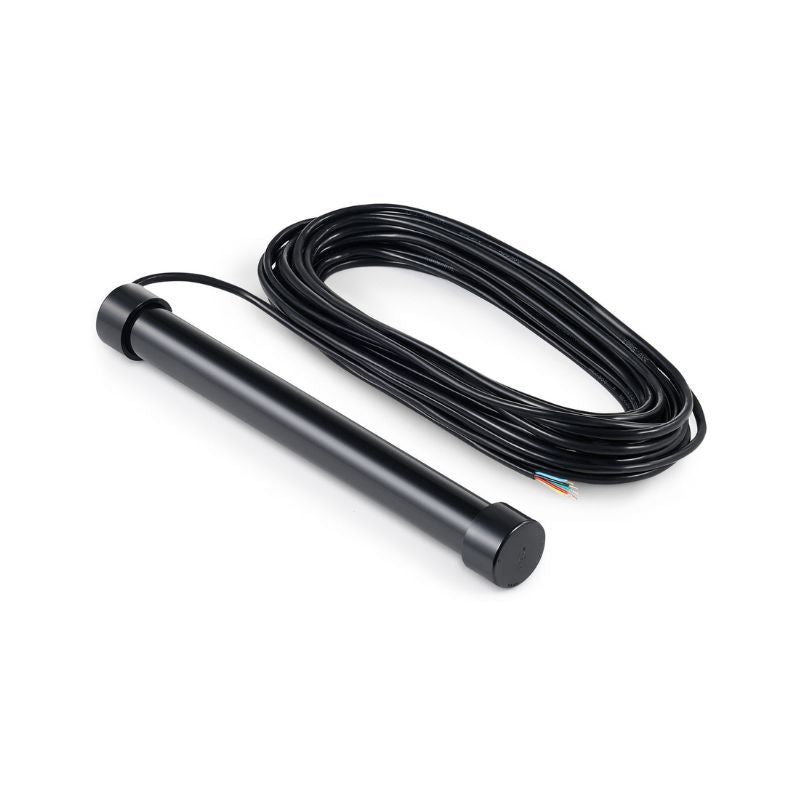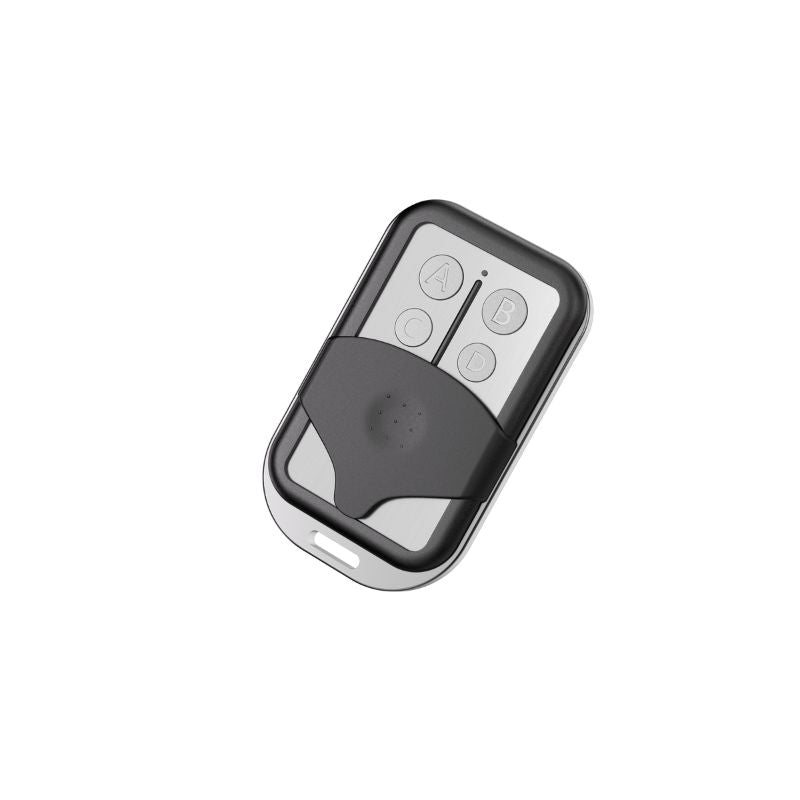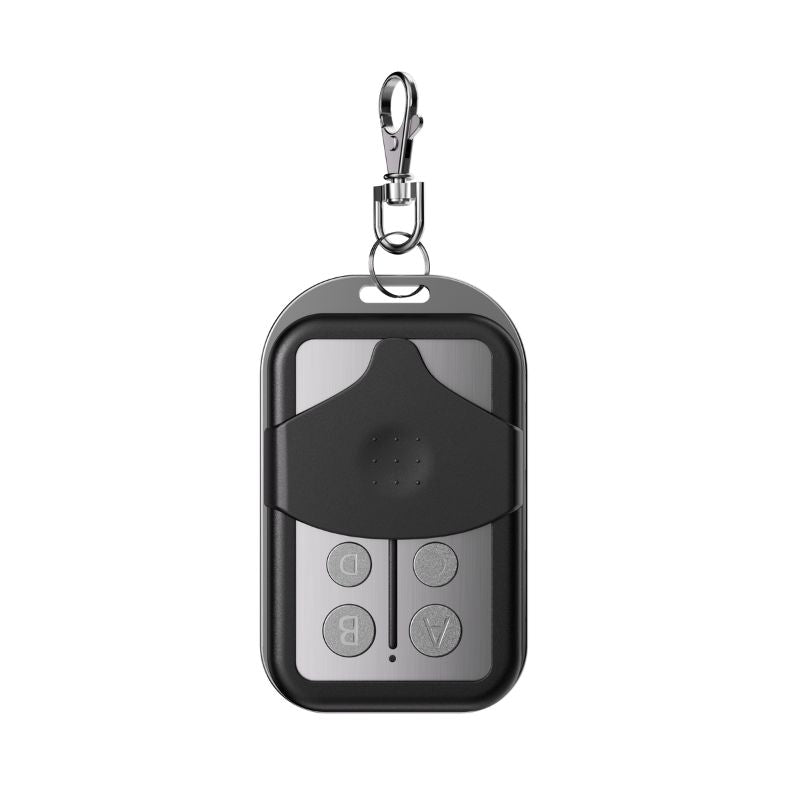There are many states in the US where sunlight is, let's say… not so abundant. Besides, Winter days have fewer hours of sunlight than summer days, so what happens you your solar gate opener?
Assessing whether your gate will receive enough sunlight should be one of the most important considerations before buying a solar gate opener, especially if you live in Alaska, Washington, or any of the many states where sunlight can be scarce in some parts of the year.
So, let us help you understand your gate’s energy needs so you can tailor your solar setup accordingly and enjoy smooth, reliable operation without worrying about power outages or high energy bills.
The Basics: What Powers a Solar Gate Opener?
Every solar gate opener has three main components that work together to swing or slide the gate open and shut: a motor, a control board, and a power source.
The motor does the heavy lifting, while the control board ensures all the electrical components operate smoothly.
Solar batteries and a solar panel power the solar gate opener. A typical solar gate opener runs on a 12V battery system charged by a solar panel. The battery stores energy, ensuring the gate works even on cloudy days or at night.
The solar demands of your gate opener cannot surpass the capacity of the solar panel and solar batteries paired with the gate opener.
So, How Much Solar Energy Do You Need?
To make an estimate of how much solar energy your gate opener needs, you have to take into consideration the weight and size of the gate, how frequently the gate is used, how powerful the motor is, and how energy-efficient other additional features of the gate are.
i. Gate Size and Weight
A lightweight aluminum gate will require far less energy to move than a heavy wrought iron behemoth.
Larger, heavier gates demand more power from the gate opener motor, which would increase the energy consumption of a solar gate opener.
It is always advisable to go for for galvanized steel driveway gates: they are sturdy and reliable, but not too heavy and can be easily paired with a solar gate opener.
ii. Frequency of Use
A solar gate opener that’s opened twice daily will use less energy than one operating 20 times a day.
More cycles mean the motor runs more often, draining the battery faster and increasing the solar energy demand of the gate opener.
Here’s a hint: The Zumi WS2 Pro, for example, is a solar dual swing gate opener that can support household gates up to 1100 lbs and comes with a dependable 12V 8Ah Battery.
iii. Motor Efficiency
Modern solar gate openers use high-efficiency motors that minimize power draw, but older models might not be as energy-conscious.
As a result, older solar gate opener models tend to be more energy-demanding than modern models. Go for a gate opener that is powered by a powerful DC motor, especially if you have a big gate.
For gates up to 900 lbs, a 50W DC motor power might suffice. However, if your gate weighs more than 900 lbs, you might want to consider a solar gate opener with at least 60W DC motor power.
iv. Additional Features
Fancy extra features like remote controls, keypads, and safety sensors also consume power, adding to the energy tally of any gate opener.
Of course these are necessary for the operation of the gate opener, but you might want to minimize the frequency with which they are used if you aim to optimize energy efficiency.
Determining How Much Solar Energy You Need
Let’s assume a standard solar gate opener uses around 100-300 watts during operation and consumes 20-50 watt-hours (Wh) per day, depending on usage. These numbers give us a starting point for sizing your solar setup.
1. Finding the Right Solar Panel
The solar panel is a solar gate opener’s energy source, converting sunlight into electricity to charge the battery.
The size of the solar panel you need for your solar-powered gate opener depends on its daily consumption and the amount of sunlight available.
-
The more energy your gate opener needs daily, the more solar power will be needed to power it.
-
If your gate uses 30 Wh/day, your solar panel must generate at least that much energy to keep the battery charged.
2. Check Sunlight Availability
The number of peak sun hours varies by location, affecting how much sunlight your solar gate opener needs.
For example, sunny Arizona might get 6 hours of peak sunlight, while cloudy Seattle might see just 3.
-
A 10-watt solar panel can produce around 40-60 watt-hours per day in optimal sunlight conditions like Arizona.
-
That’s usually enough for light use (5-10 cycles per day) in areas with decent sunlight.
If your gate sees heavier use or operates in a less sunny climate like Seattle, you might need a 20-30-watt panel to store more power.
3. Battery Capacity: The Energy Reserve
Think of the battery as your solar gate opener’s safety net. It stores solar energy for use when the sun isn’t shining, ensuring your solar-powered gate keeps working through cloudy days and nights.
Most solar gate openers use a 12V deep-cycle battery with a capacity of 20Ah to 35Ah. Here’s what that means in practical terms:
-
A 20Ah battery can store 240 watt-hours of energy (12V x 20Ah = 240Wh).
-
If your gate uses 30Wh/day, this battery provides about 8 days of operation without recharging.
For areas with unpredictable sunlight, a larger battery ensures you’re covered during extended cloudy periods.
4. Calculating the Right Solar Setup
Let’s put this all together with an example:
-
Energy Consumption: Your gate uses 30Wh/day.
-
Sunlight Availability: Your location averages 5 peak sun hours/day.
A 10-watt solar panel generates about 50Wh/day (10W x 5 hours), more than enough to cover your daily needs, with some extra energy to recharge the battery.
However, for efficiency losses and to account for cloudy days, it’s wise to oversize the panel slightly—a 12W or 15W panel would be a safer bet.
5. Tailoring the System to Your Needs
If you use your solar gate about 5-10 times a day, a 10-20 watt solar panel and a 20Ah battery are usually sufficient.
For solar gates that will be used more than 20 times daily, consider a 30-50 watt solar panel and a 35Ah battery to ensure consistent performance.
Some solar gate openers include a hybrid option that allows you to plug into AC power as a backup. This is handy in areas with limited sunlight.
6. Pro Tips for Maximizing Efficiency
Ensure the solar panel is installed in a location that gets maximum sunlight exposure and isn’t shaded by trees or buildings.
Keep the solar panel clean and free of debris to maintain efficiency.
Look for gate openers with automatic sleep modes or energy-efficient LED indicators to conserve power.
The Baseline
Here’s the baseline: you need a high-quality solar gate opener, with a capable solar panel and a formidable battery to match. Fortunately, we know just the right place where you can get a complete solar gate opener kit at the perfect price.
Zumi Gate Openers
Zumi is a specialist automatic gate opener company that distributes solar gate openers to several clients worldwide. Our collection consists of solar gate openers for single-leaf gates, double-leaf swing gates, heavy swing gates and lightweight swing gates.
Here are some recommendations depending on your type of gate:
-
For a single swing gate up to 900 lbs
The Zumi WS1 900 lb. Solar Single Swing Gate Opener
-
For a single swing gate up to 1100 lbs
Zumi WS1 Pro 1100 lb. Solar Heavy Single Swing Gate Opener
-
For a double swing gate up to 900lbs
Zumi WS2 900 lb. Solar Dual Swing Gate Opener
-
For a double swing gate up to 1100lbs
Zumi WS2 Pro 1100 lb. Solar Heavy Dual Swing Gate Opener
So go ahead, harness the power of the sun, and let your gate opener bask in the glory of renewable energy!


